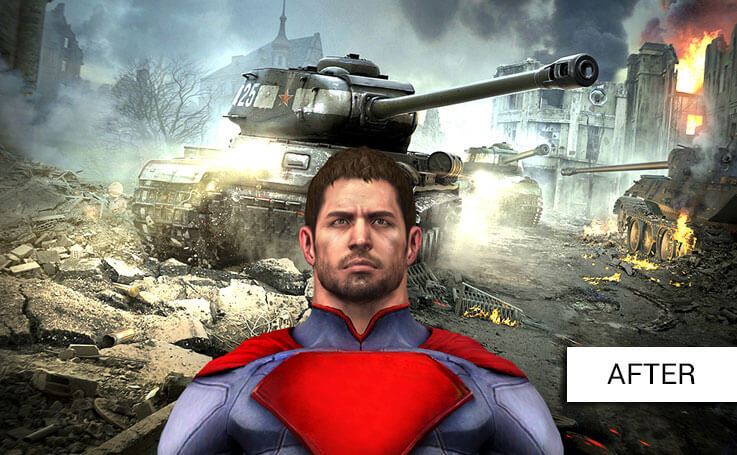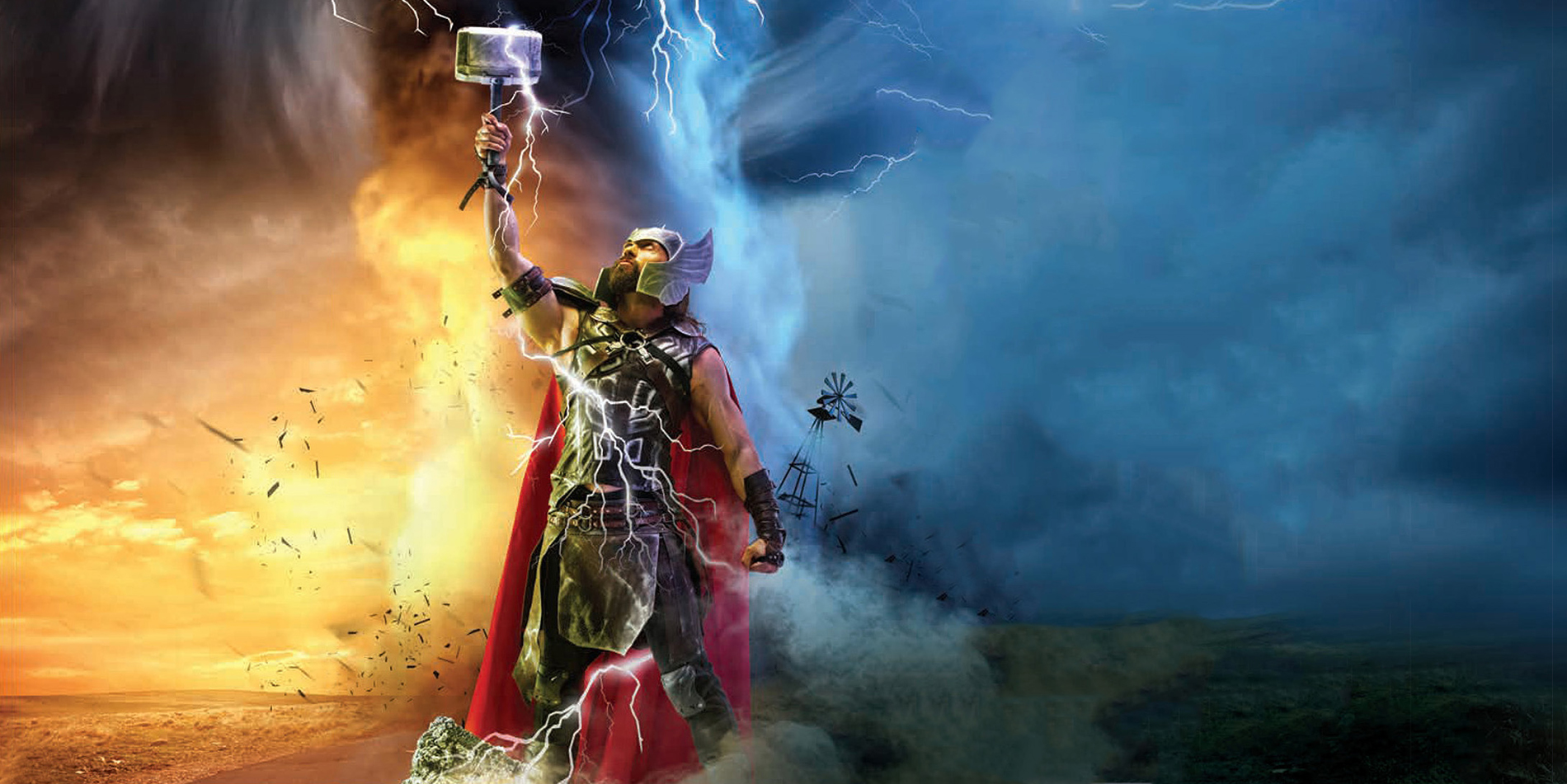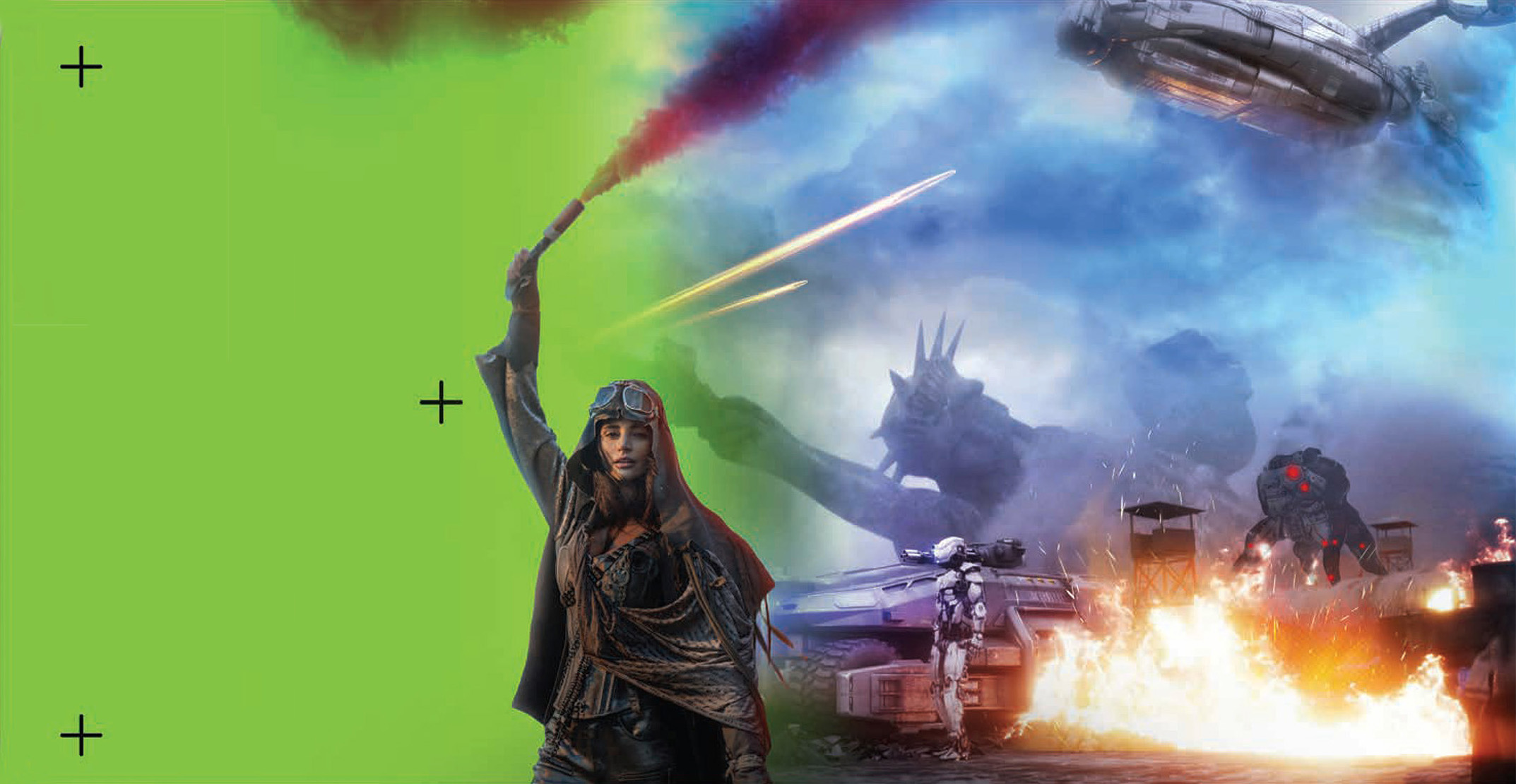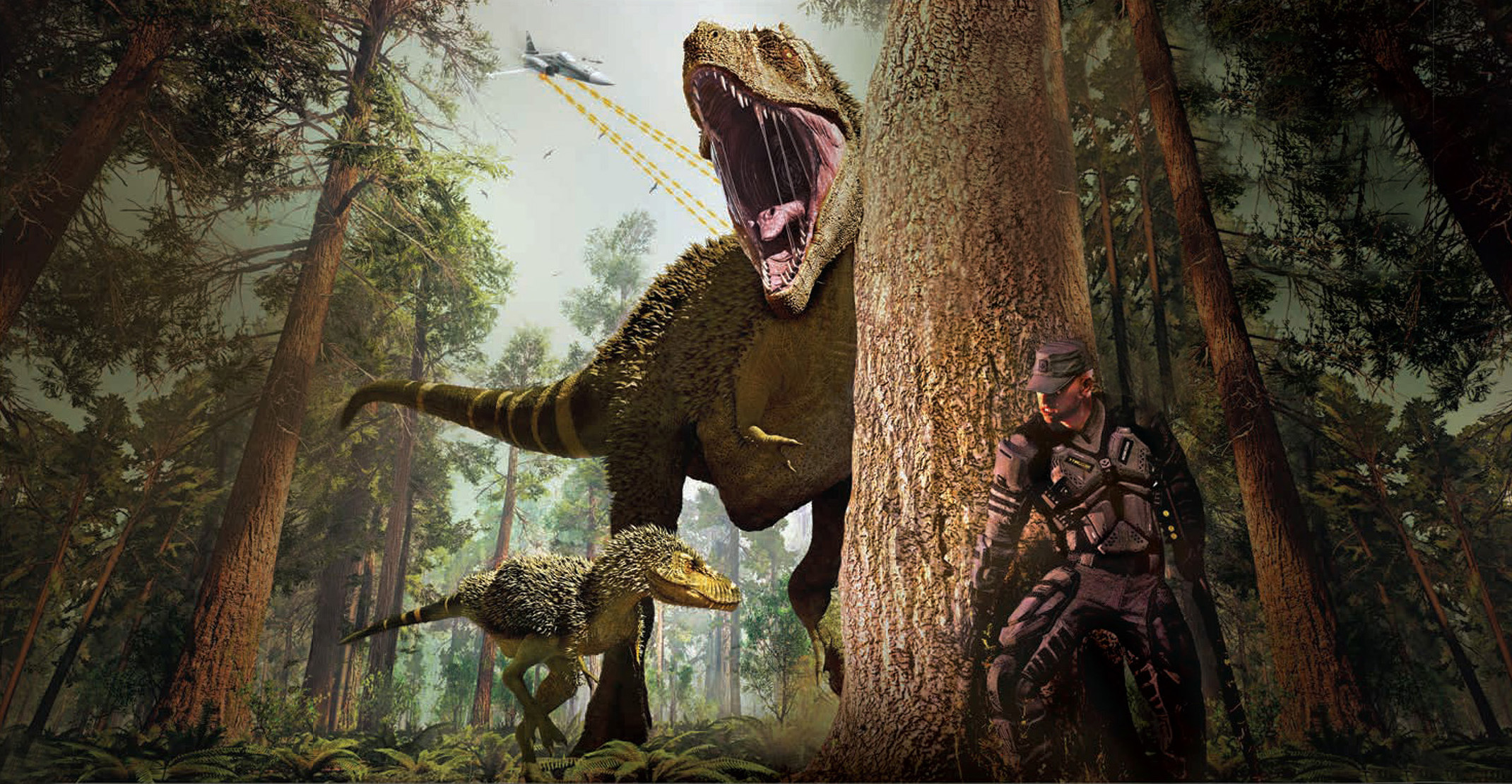Visual Effects
From flying cars to flying superheroes! Create high-quality visual effects (VFX) for films, TV, advertisements & games.

VISUAL EFFECTS
MAAC's Visual Effects courses, become a part of the aggressively growing VFX industry that plays a crucial role in almost every movie these days. The demand for trained professionals in Visual Effects is growing at a fast pace. At MAAC, we design courses, which introduce you to industry-specific software like Fusion, Nuke, 3ds Max, Mocha and train you in the fundamentals and technical skills required to be a successful VFX artist.
Visual Effects Courses :
Visual Effects
Grasp the Power of VFX
The Media and Entertainment industry has enabled the VFX sector to achieve greater heights. Visual Effects are often integral to a movie's story and appeal and allow creators and filmmakers to make breathtaking imaginary universes and ahcieve stunts that would be impossible to film in the realworld. Whether it's creating massive destruction scenes or expading the scope of production, early every film now requires visual effects for support. VFX has a fluid and overlapping pipeline, depending on teh storyline of the content being created. For ease of understanding it is classified into 3 stages:
Pre-Production
Pre-Production starts with the pre-visualisation or Pre-viz of the story. An integral part of every VFX shoot is the guide during live shoots, for frames and shots. Pre-viz involves story ideation, scriptwriting, storyboarding, animatics, initial concept art, character design, BG design and the colour key for look development.
Production
After pre-production, live shoots of the scenes are done using film making techniques. The production stage also includes integrating Computer Generated(CG) characters, background and effects that blend with live action. CG production consists of 3D modelling, texturing, rigging, animation, lighting, rendering and FX. The production also involves shooting High-dynamic-range Images (HDR) to create image-based lighting for 'CG-live Action' integration.
Post-Production
Post shooting, rotoscopy and clean-up (wire/object removal, etc.) is done for each frame. Going forward, with accurate camera tracking, the matching of the live action camera along with a CG camera is carried out. Artists then create the frames and backgrounds for the final output. Here, with matte painting, the artists replace the background and then blend it together through compositing so that all the visuals from the live-action and CG come together to create a photorealistic output.




